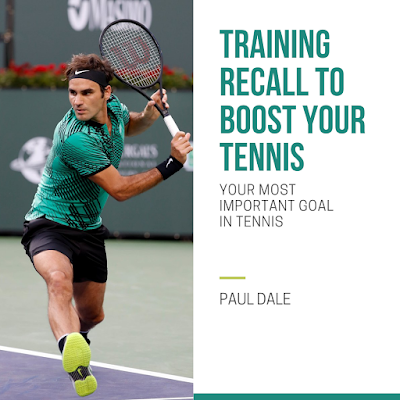THE BENEFITS OF KEEPING THE BALL LOW

One of the most neglected aspects of modern tennis is the ability to keep the ball low. Young players today are so focused on hitting bigger shots and are so fixated on topspin that their ability to maintain a low ball is entirely missing. However, the top players understand the value of keeping a ball low in certain situations and employ underspin a lot more than you might otherwise think. Here's when keeping the ball low is beneficial… 1. To Stop Your Opponent Attacking You It's the era of big groundstrokes! Dominant forehands are now the norm and any ball waist height today is an invitation for your opponent to go on the attack. If you throw in a low ball when you get in trouble during the rally, you neutralize your opponent's offense. The low ball has taken the ball out of their strike zone and gets you back into the rally on level terms. Underspin helps you to defend a point. By keeping the ball low, you are neutralizing your opponents atta




